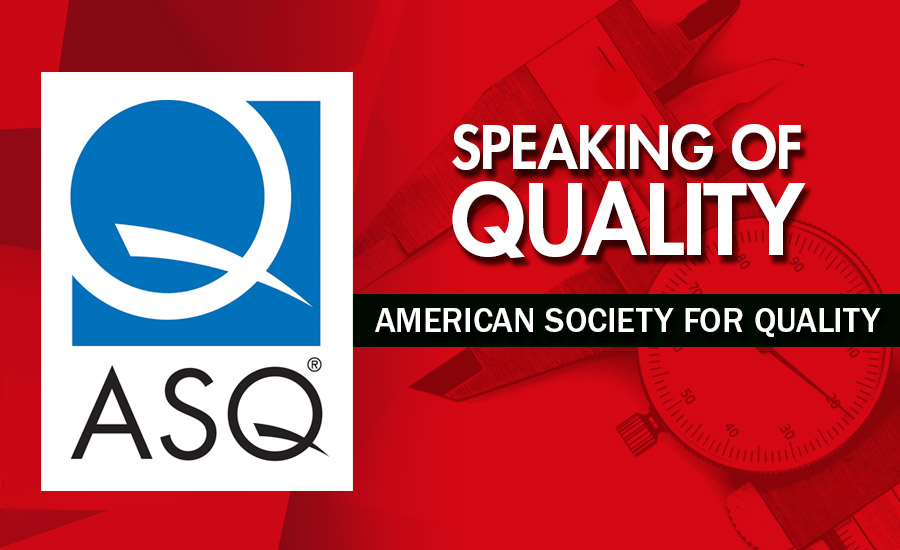Your organization has its policies.
Your organization has its procedures.
They are two distinct phrases with two different meanings. But does your organization treat them that way?
As Dennis Arter (ASQ Fellow member and 2014 Distinguished Service Medalist) stated in a 2014 interview, “Many organizations make the mistake of lumping policies and procedures together as ‘policiesandprocedures.’” The five years since Arter’s proclamation haven’t changed organizations’ view of the two terms.
Policies and procedures are essential for every organization’s stability and growth. Policies and procedures are two unique terms and need to be treated as such.
Be honest. Does your organization fall into the “policiesandprocedures” category?
In an attempt to sort it all out, let us begin with the definitions of each term.
Policy: A plan (direction), statement of intent or commitment for achieving an objective. (ASQ Quality Glossary, 2018)
The definition for policy is easy to grasp. Policies can be thought of as “fundamental beliefs,” Arter states. Defining procedure is more difficult.
Here are two definitions of procedure.
Procedure: a particular way of accomplishing something or of acting; a series of steps followed in a regular definite order (Merriam Dictionary)
Procedure: A particular way of accomplishing an expected outcome. (ASQ Quality Glossary, 2018)
The Merriam Dictionary includes a solid definition but, in the world of the quality professional, defining procedure is a bit more complicated because we need to define process—another term used frequently
Process: A set of interrelated work activities that transform inputs into outputs.
In other words, a policy is a plan meant to incorporate your organization’s goals. You could think of it as a mini-mission. A procedure tells you actions to take. By examining these definitions, it is easy to see how policy and procedures are related. What may create the “policyandprocedure” phenomenon is the fact that both policy and procedures are documents and they work together. Like your neighbors Chris and Pat, the inseparable couple who have become Chrisandpat or Chris Pat, the cousins policy and procedures became “policyandprocedure.”
But as your neighbors still see themselves as individuals, your organization needs to treat policies and procedures as individuals. As Arter describes it, “policies drive procedures.”
While there is nothing written that explicitly states each policy should have procedures to go along with it and all procedures should be linked to a policy, understanding the need and use for each helps you make sure you have everything covered. If you have a policy but no clear action with it, how do your workers know they are carrying out their orders properly? The procedures become the performance aid documents for staff members.
Policies and procedures also tend to exist as books that rest on bookshelves, rarely opened or revised. Policies and procedures are not what most of us want to spend our time on.
Thankfully, there are plenty of online resources to assist you—and help you help your colleagues—write procedures.
Where policies and procedure do compare is in the simple outcome: they must be understood. Policies and procedures need to be conveyed in plain language. Here are a few tips from the University of California policy style guide (https://www.ucop.edu/ethics-compliance-audit-services/_files/policy-toolkit/pol-stylebook.pdf):
Good policies are easy to read. “Plain language” is a writing style that helps readers:
- find what they need,
- understand what they find; and
- use what they find to meet their needs.
You also want to make sure that policies are written in the “active voice,” meaning the person or department/unit taking the action is the subject of the sentence. Writing in the passive-voice could lead to confusion and, more than likely, ignoring the organizational policy.
When you have your policies, write brief procedures that give workers a reminder of the actions they should be taking. Keep procedures under five pages to assist with compliance.
As quality professionals you follow standards and develop manuals. Making sure staff understand the use and limits of policies and procedures (and processes, for that matter) goes a long way in mitigating risk, communicating compliance, and promoting improvement.


